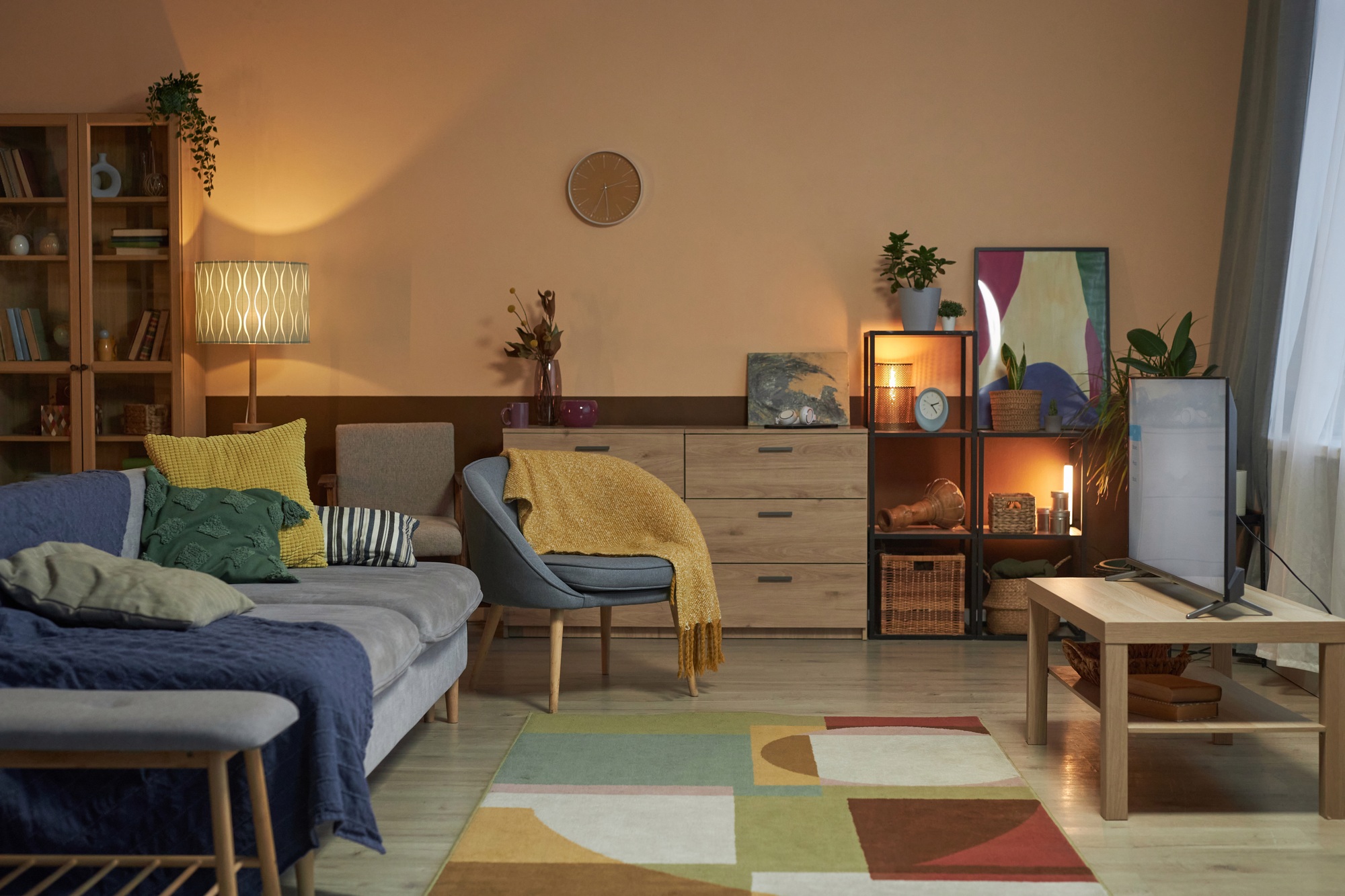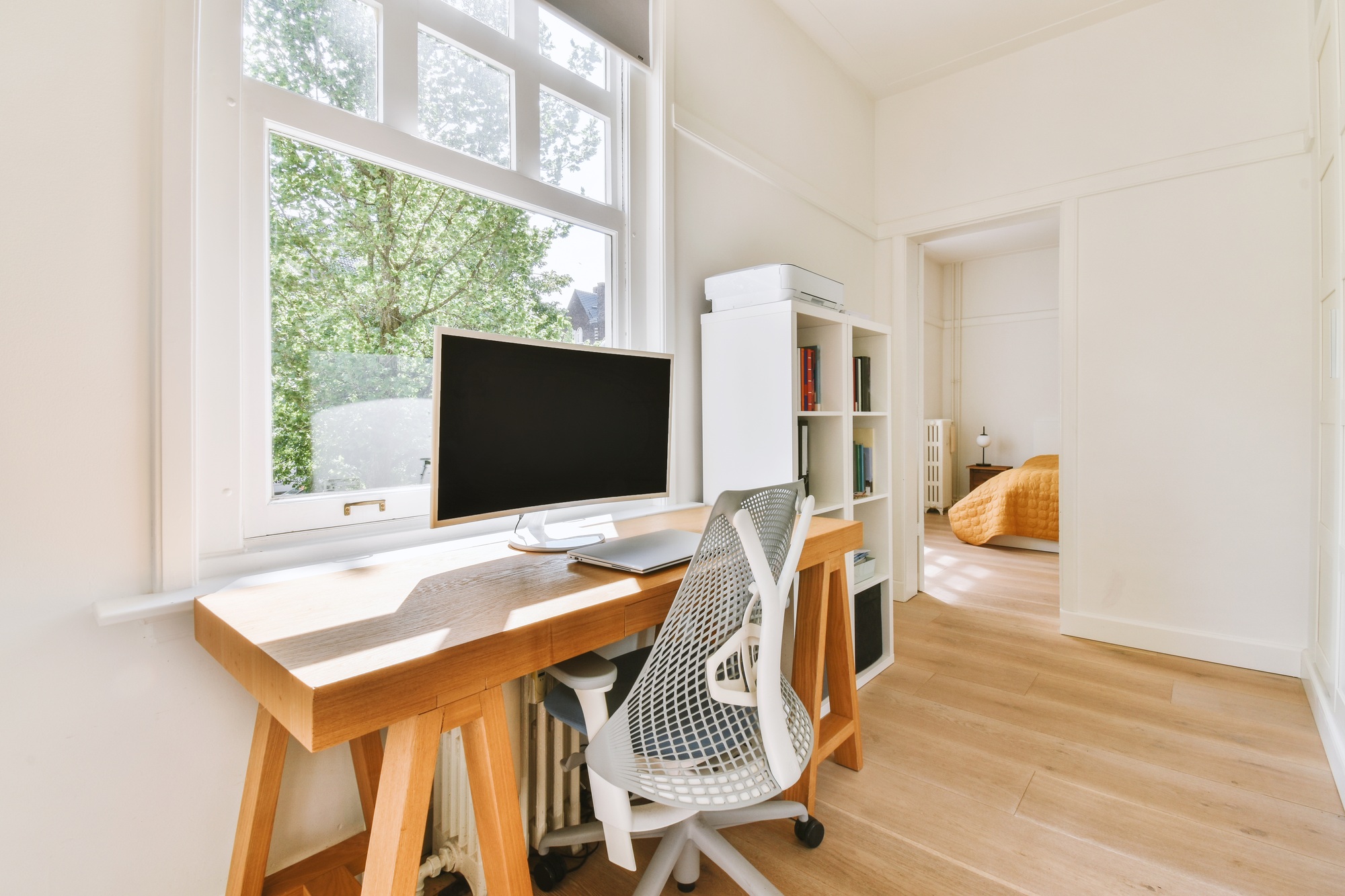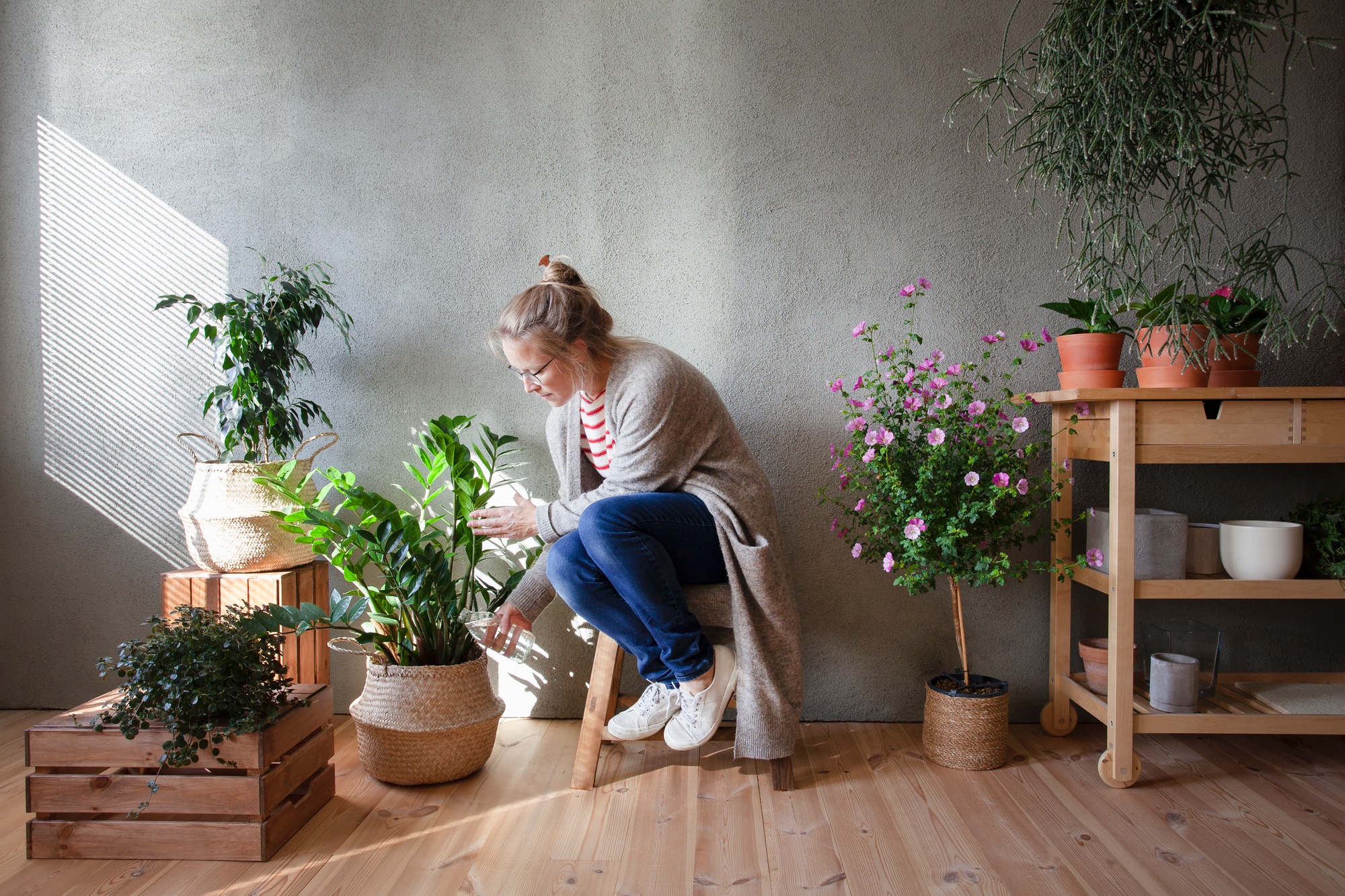
Lighting is one of the most crucial elements when it comes to creating a welcoming, functional, and stylish home.
Whether you are looking to brighten a dark corner, set the mood for a cozy evening, or highlight a particular feature in your living room, perfect lighting can completely transform your space. However, achieving the ideal lighting involves more than just turning on a light bulb.
It requires careful thought about the different types of lighting, their placement, and how they interact with your space.
In this article, we’ll explore how you can achieve perfect lighting in your home with simple yet effective strategies.
1. Understanding the Types of Lighting
To achieve perfect lighting in your home, it’s essential to understand the three main types of lighting and how they work together. Each type serves a different purpose and should be used strategically to create a well-lit, balanced environment.
Ambient Lighting: The Foundation of Your Space
Ambient lighting, also known as general lighting, provides the overall illumination for a room. It’s the first layer of light and should be soft yet bright enough to fill the entire space. Ambient lighting creates a comfortable environment and allows you to navigate the room safely.
- Ceiling-mounted Fixtures: Chandeliers, ceiling lights, or flush-mounted fixtures are common sources of ambient lighting. Consider using dimmable options so that you can adjust the brightness based on the time of day or the mood you wish to create.
- Recessed Lighting: Recessed lights can be installed in the ceiling to create even, overhead illumination. They are perfect for rooms where you want a clean, streamlined look without visible light fixtures.
Ambient lighting is the starting point for your room’s lighting scheme, but to truly enhance your space, you need to incorporate task and accent lighting.
Task Lighting: Focused Illumination for Specific Activities
Task lighting provides focused, directional light to help you perform specific tasks, such as reading, cooking, or working at a desk. It’s essential to position task lighting where you need extra brightness to improve functionality and reduce eye strain.
- Desk Lamps and Table Lamps: For work areas, a desk lamp or table lamp with adjustable brightness and position can help illuminate your workspace without straining your eyes.
- Under-Cabinet Lighting: In kitchens, under-cabinet lights can shine down on countertops to illuminate food preparation areas, making cooking easier and safer.
- Pendant Lights: Pendant lights hung over a kitchen island or dining table provide task lighting that is both functional and stylish.
Task lighting should be placed strategically where you require more focused light for specific activities. This will ensure that each room serves its purpose while being well-lit.
Accent Lighting: Highlighting Features and Adding Drama
Accent lighting is used to highlight specific features in a room, such as artwork, architectural elements, or a plant. It adds visual interest and can create a dramatic effect in your space. Accent lighting can also be used to set a mood or create a more intimate atmosphere.
- Track Lighting: Track lighting is adjustable and can be directed to highlight artwork, sculptures, or any focal point in the room. It allows you to control the direction and intensity of the light.
- Wall Sconces: Wall sconces can provide beautiful accent lighting, whether placed beside a mirror, artwork, or on either side of a fireplace. They add a soft, inviting glow.
- Floor Lamps with Adjustable Heads: Some floor lamps come with adjustable heads that allow you to direct light where you want it. They are great for highlighting corners or decorative items.
Accent lighting not only enhances the design of your home but also creates a layered lighting effect when combined with ambient and task lighting.
2. Layering Lighting for a Balanced Effect
The key to achieving perfect lighting is to layer different types of lighting. This allows you to create a dynamic atmosphere that is both functional and visually appealing. Each layer of light adds a different quality to the room and can be adjusted to fit your needs.
Start by using ambient lighting as your base. Then, add task lighting in areas where you need brighter, focused illumination. Finally, incorporate accent lighting to highlight specific features and create a warm, inviting ambiance. Layering lighting gives you flexibility and control, allowing you to adjust the light to suit different moods and activities.
When layering, make sure that each type of lighting complements the others. For example, use pendant lights over a dining table as task lighting, and add wall sconces nearby to provide accent lighting. This creates a cohesive look and ensures that your lighting scheme is both functional and visually balanced.
3. Choosing the Right Light Fixtures
Choosing the right light fixtures can significantly impact the overall aesthetic of your space. The fixture you select should complement the room’s design while serving the lighting function you need. Here are a few ideas for light fixtures that work well in different areas of your home:
Living Room and Bedroom:
- Chandeliers and Ceiling Fans: These can add both ambient lighting and a touch of elegance to your living room or bedroom. Opt for a statement chandelier for a luxurious feel, or choose a ceiling fan with an integrated light for practical functionality.
- Table and Floor Lamps: In addition to providing task lighting, table and floor lamps are great for adding a cozy, inviting vibe to a room. Choose lamps with soft, warm bulbs for a relaxed atmosphere.
- Wall Sconces: Wall sconces are an excellent option for bedrooms or living rooms. They provide soft, ambient lighting without taking up valuable floor or table space.
Kitchen and Dining Room:
- Pendant Lights: Pendant lights over the kitchen island or dining table offer both task and ambient lighting. Choose fixtures that complement the style of the room, whether it’s modern, industrial, or traditional.
- Track Lighting: In kitchens, track lighting can illuminate specific areas such as countertops or workstations. It is highly adjustable, allowing you to shine light exactly where you need it.
- Chandeliers: A chandelier above a dining table adds both style and functionality. Make sure to select a fixture that is proportional to the size of the table and room to avoid overwhelming the space.
Bathroom:
- Vanity Lighting: Place vanity lights above or on the sides of the mirror to provide balanced, shadow-free light for tasks like shaving or applying makeup. Choose fixtures with frosted glass to soften the light.
- Recessed Lighting: Recessed lights are ideal for bathrooms, especially in showers or over the bathtub. These lights provide bright, even illumination without taking up visual space.
When selecting light fixtures, always consider both style and function. The right fixture can enhance the room’s design while providing adequate lighting for daily activities.
4. Choosing the Right Bulbs
While selecting light fixtures is important, choosing the right light bulbs is just as crucial. The type of bulb you use affects the warmth, brightness, and energy efficiency of the room.
- LED Bulbs: LED bulbs are energy-efficient, long-lasting, and come in a variety of colors. They are an excellent choice for both ambient and task lighting, and they produce minimal heat, making them safe for small spaces.
- Incandescent Bulbs: Incandescent bulbs provide warm, soft light, making them perfect for creating a cozy, inviting atmosphere. However, they are less energy-efficient compared to LEDs.
- CFL Bulbs: Compact fluorescent light (CFL) bulbs are energy-efficient and cost-effective. They provide bright light but can take a few seconds to reach full brightness, making them best for areas where you don’t need instant illumination.
- Smart Bulbs: Smart bulbs can be controlled with a smartphone or voice assistant, allowing you to adjust the brightness and color temperature according to your needs.
The color temperature of your light bulbs is also important. Choose warm white bulbs (2700K to 3000K) for living areas, bedrooms, and dining rooms to create a cozy, relaxed feel. For task lighting in kitchens or offices, go for cooler white bulbs (4000K to 5000K) to enhance focus and visibility.
5. Positioning Lighting for Maximum Impact
Where you place your lighting is just as important as the type of lighting you use. Properly positioned lights can create the perfect ambiance, highlight specific features, and ensure every part of the room is illuminated.
- Overhead Lighting: Use ceiling-mounted lights or chandeliers to provide general illumination for the entire room. Ensure the fixture is positioned centrally to distribute light evenly.
- Task Lighting: For workspaces or reading areas, position task lighting directly over or beside the area where you’ll be performing the activity. Desk lamps should be placed on the side of your dominant hand to prevent shadows.
- Accent Lighting: Highlight artwork or architectural features by positioning accent lights at an angle. Track lighting is an excellent choice for adjustable, focused light, while wall sconces can add soft accents to any room.
Experiment with different light placements to find the right balance of brightness and mood for your space. Consider using dimmer switches to adjust the intensity of the lighting depending on the time of day and your activities.
Conclusion
Achieving perfect lighting in your home is about understanding the different types of lighting, how they work together, and how to position them strategically for maximum impact. By combining ambient, task, and accent lighting, selecting the right fixtures and bulbs, and positioning your lights thoughtfully, you can create a well-lit, balanced environment that enhances both the functionality and aesthetics of your space. Whether you’re illuminating your kitchen, creating a cozy living room, or highlighting your favorite artwork, perfect lighting will make your home feel welcoming, stylish, and comfortable.
















